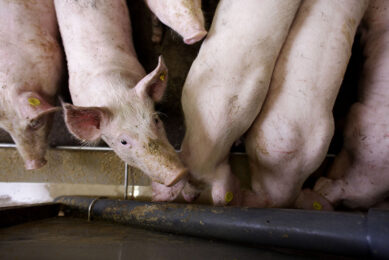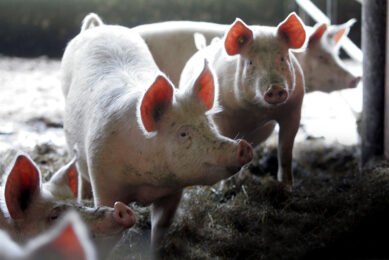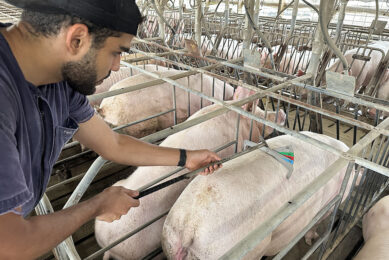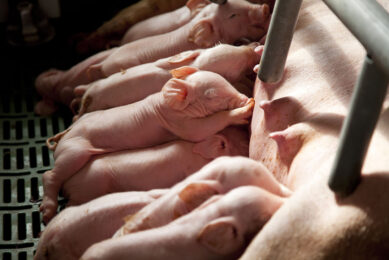In sickness and in health

An optimal pig production is like a marriage between farmer and animal, where a vow is made between care-giver and cared-for. A perfect pairing is when the farmer’s role is not just about treating animals when they are sick, but more importantly about taking pre-empting steps to make sure that they remain healthy and achieve optimum performance.
It is of paramount importance that a pig remains healthy in all stages of its life. From those first moments of finding a safe haven amongst the litter, to adapting to solid feeds and establishing a steady and efficient feed intake for further growth.
Keeping disease at bay
Nutrition, housing and welfare are all factors in the producer’s control to maintain a healthy herd. Besides this, implementing the strictest biosecurity protocols are imperative for keeping disease at bay. Viruses, such as PEDv, FMDv and the lesser-known Seneca Valley virus, which is explored in this special edition, continue to plague pig herds across the globe, but research is continuous with significant breakthroughs being identified.
Reaping the rewards of the vow
As you can read in the article Quantifying health challenges on pigs, researchers at Iowa State University have attempted to quantify the effect of health challenges on a commercial pig herd in terms of performance and economics. This brings us to ‘til death do us part’; for this is when the farmer should reap the rewards of maintaining the vow. After all, a healthy pig is going to maximise profits at the slaughterhouse.
 Beheer
Beheer








 WP Admin
WP Admin  Bewerk bericht
Bewerk bericht